 President Truman at Bull Shoals
President Truman at Bull Shoals
Entry Type: Event
 President Truman at Bull Shoals
President Truman at Bull Shoals
Presidential Visits
Presley, Elvis (Arkansas Performances of)
Princeton, Skirmish at (April 28, 1864)
Princeton, Skirmish at (December 8, 1863)
Prison Reform
Pro-ISIL Hack of Arkansas Library Association
Pugsley v. Sellmeyer
 Pulaski County Lynching Article
Pulaski County Lynching Article
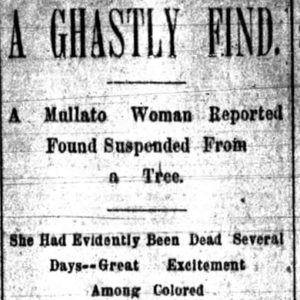 Pulaski County Lynching Article
Pulaski County Lynching Article
Pulaski County Lynching of 1894
Pulaski County Reported Lynching of 1889
 PurpleHull Pea Festival
PurpleHull Pea Festival
 PurpleHull Pea Festival Tiller Race
PurpleHull Pea Festival Tiller Race
 PurpleHull Pea Festival Tiller Race
PurpleHull Pea Festival Tiller Race
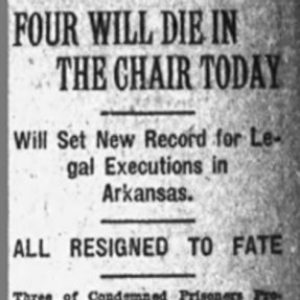 Quadruple Execution Article
Quadruple Execution Article
Quadruple Execution of 1923
Quadruple Execution of 1926
Quitman, Skirmish at
 Race for the Cure, 2008
Race for the Cure, 2008
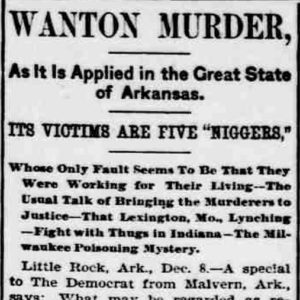 Race Riot Article
Race Riot Article
 Race War Article
Race War Article
 "Race War in Arkansas"
"Race War in Arkansas"
 Racial Strife Article
Racial Strife Article
Ramsey, Dave (Lynching of)
Randolph, John (Lynching of)
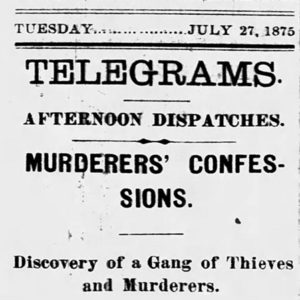 John Randolph Lynching Article
John Randolph Lynching Article
 Vance Randolph with Musicians
Vance Randolph with Musicians
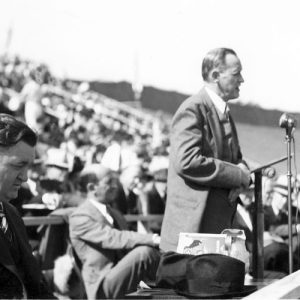 Razorback Stadium Dedication
Razorback Stadium Dedication
Rebel Stakes
Rector v. United States
Rector, Rickey Ray (Execution of)
Red River Campaign
Reed’s Mountain, Skirmish at
Reeves, Willis (Execution of)
Remount Camp, Skirmish at
Reported Lynching of July 1894
Reported Smallpox Lynching of 1894
Reverse Freedom Rides
Reynolds, Dan (Lynching of)
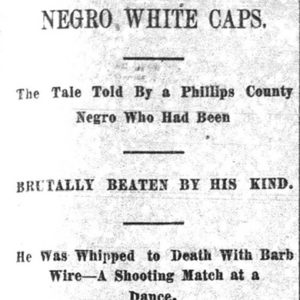 Reynolds Lynching Article
Reynolds Lynching Article
Rhodes, Richard (Hanging of)
Rice Bowl
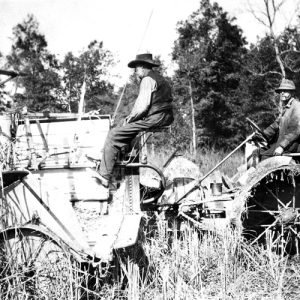 Rice Harvesting
Rice Harvesting
Rice, William (Lynching of)
 William Rice Lynching Article
William Rice Lynching Article
 Charlie Rich in Washington DC
Charlie Rich in Washington DC




